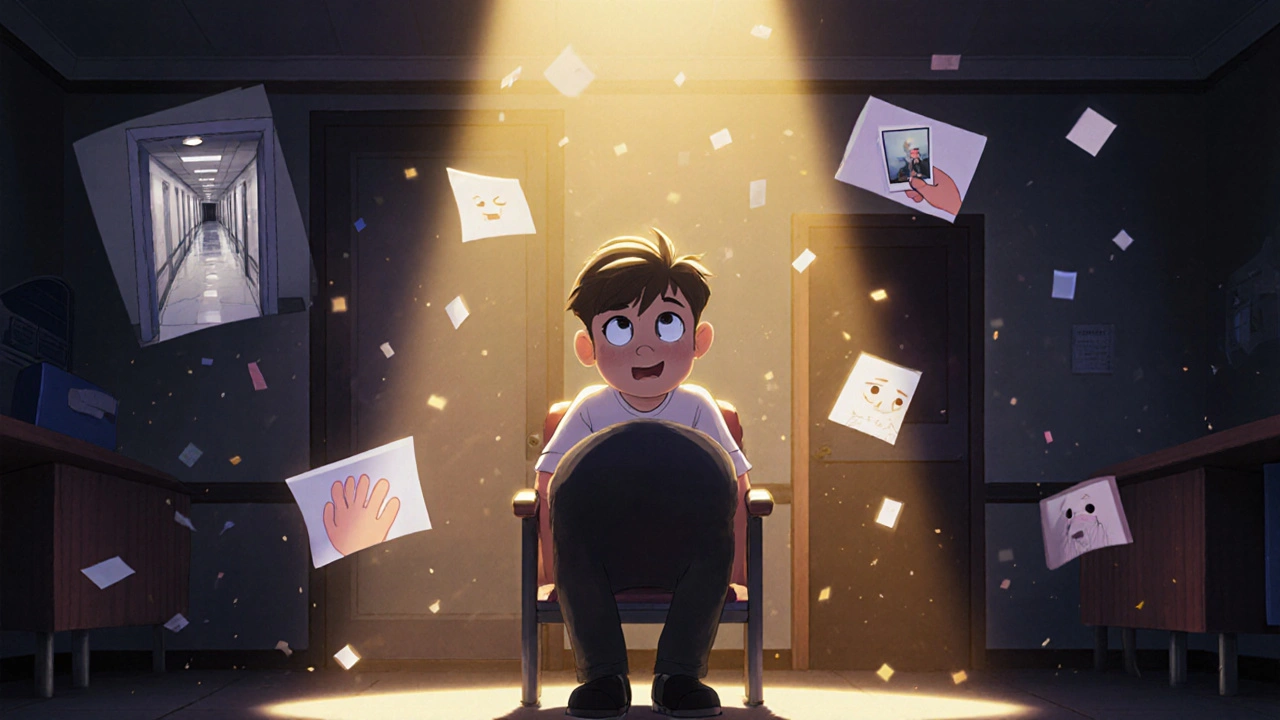Emotional Authenticity in Film: Real Feelings That Resonate on Screen
When a film makes you feel something real—like your chest is tight or you’re holding your breath—that’s emotional authenticity, the raw, unfiltered truth in a character’s actions and reactions that mirrors real human experience. It’s not about crying on cue or dramatic monologues. It’s the silence after a fight, the way someone avoids eye contact when they’re lying, or the small laugh that comes out wrong because they’re trying to be strong. This is what sticks with you long after the credits roll. Unlike polished Hollywood endings, emotional authenticity thrives in the messy, imperfect moments that most films skip.
It’s closely tied to cognitive film theory, how our brains naturally build meaning and feel emotions from what we see on screen. We don’t need exposition to understand grief—we recognize it in the way a hand trembles while pouring coffee, or how someone keeps rearranging the same pile of papers. This is why films like Agnès Varda’s work, which blend documentary realism with intimate storytelling, hit so hard. Viewer emotion, the genuine psychological response a film triggers doesn’t come from music swells or slow motion. It comes from recognition. When you see yourself in a character’s hesitation, their awkward apology, or their refusal to say goodbye, that’s emotional authenticity at work.
Indie filmmakers know this better than anyone. Big studios often chase spectacle. But the best indie films, like those shown at Scruffy City Film Fest, understand that power lives in restraint. A glance. A paused breath. A door left slightly open. These aren’t tricks—they’re truths. And they’re why films like The Killer or Agnès Varda’s essays feel more real than most blockbusters. Narrative processing, how audiences piece together meaning from subtle cues rather than explicit explanations is the engine behind this. You don’t need to be told a character is sad. You just need to see them stare at a photo they never talk about.
What you’ll find in this collection aren’t just reviews or theories. These are real examples—films and filmmakers who got it right. From the quiet evolution of rom-com heroines to how sound design makes silence feel louder than a scream, every piece here digs into what makes emotion land. No fluff. No hype. Just the moments that made audiences feel something they couldn’t explain—until they saw it on screen.
Crying on cue isn't about forcing tears-it's about accessing real emotion. Learn how actors create authentic tears using memory, physiology, and emotional truth, and why the industry is moving away from fake crying techniques.
View More

